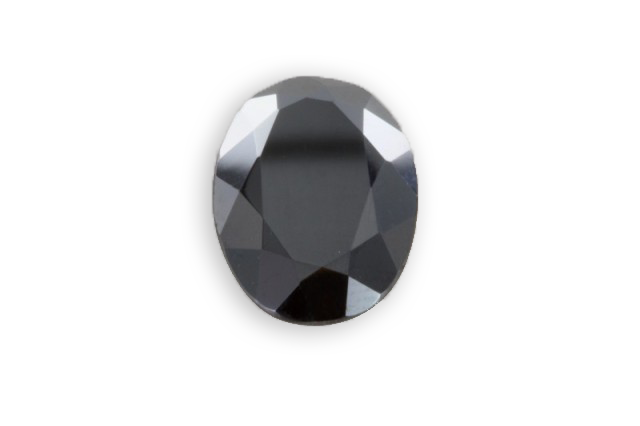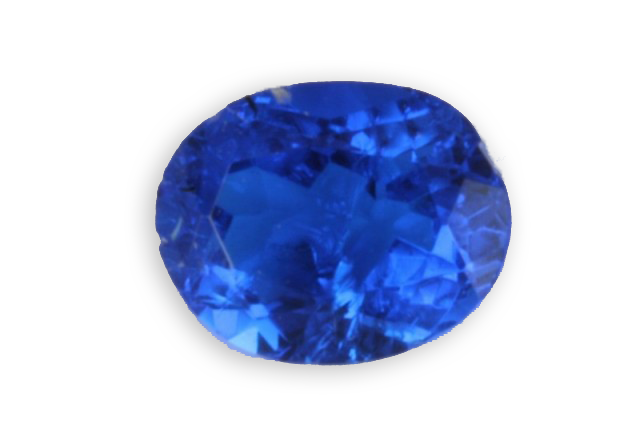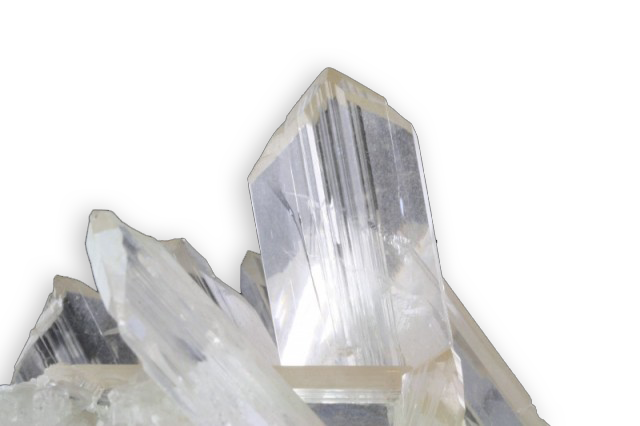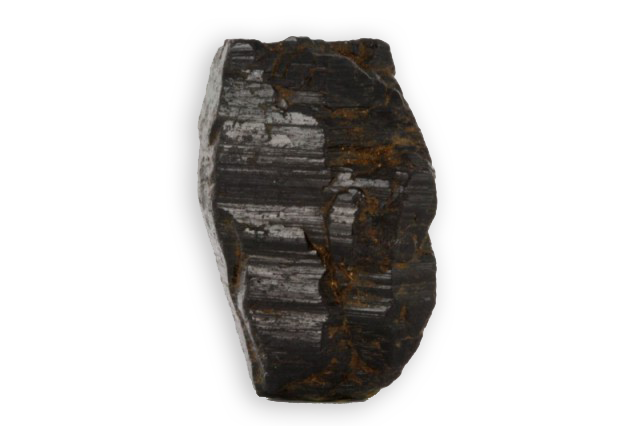
brown
Je vous emmène à travers mes vidéos découvrir mon expérience acquise depuis plus de 30 ans a silloner le globe entier à la recherche de pierres précieuses, de rencontre mémorables mais aussi de difficulté parfois …
actualités
Categories

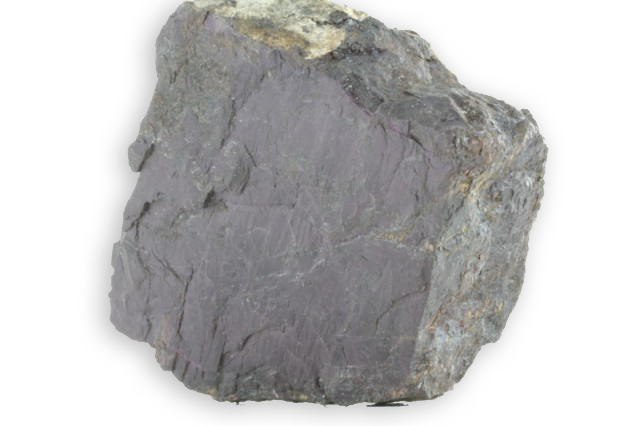
heterosite
ck_admin
March 24, 2021
Its name comes from the Greek “hetero”, other, because on the same deposit it was the second mineral containing manganese to be discovered. It forms a group with purpurite, the iron pole of the phosphate is the heterosite and purpurite the manganiferous pole.
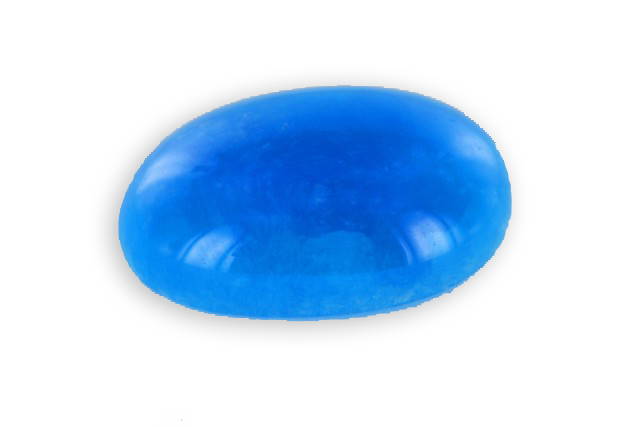
hemimorphite
ck_admin
March 24, 2021
Its name comes from the Greek “hemi,” half and “morpho” to form, due to the different shape of the tip of its doubly terminated crystals. It was identified by Kenngott in 1853. There is a “matrix” form blue and banded. As Tourmaline it presents the
